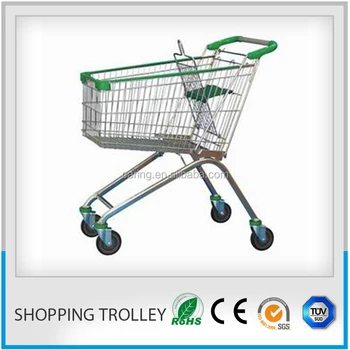In sprawling metropolises and charming coastal towns alike, the iconic trolley has become an indispensable mode of transportation. These electric-powered streetcars offer a nostalgic and convenient way to traverse urban landscapes, connecting commuters, tourists, and locals with their destinations with ease. However, the cost of taking a trolley ride can vary significantly depending on several factors, including the city or region, the distance traveled, and the time of day. This article delves into the intricacies of trolley fares, providing a comprehensive guide to help you budget for your next trolley adventure.

Image: www.alibaba.com
Determining the Fare Structure
Trolley fare systems vary greatly from one location to another. In general, larger urban centers with extensive trolley networks tend to have more complex fare structures than smaller towns with limited service. Understanding the fare structure is crucial for planning your trolley journey efficiently. Some common fare structures include:
- Flat Fare: A fixed fare is charged regardless of the distance traveled or time of day. This flat fare system is often implemented in smaller cities or for short-distance trolley lines.
- Distance-Based Fare: The fare is determined by the distance traveled, with higher fares for longer trips. This type of fare structure is typically found in larger cities with extensive trolley networks.
- Time-Based Fare: The fare is determined by the duration of the ride, with higher fares during peak hours and lower fares during off-peak hours. This fare structure is common in cities with heavy commuter traffic.
- Zonal Fare: The trolley system is divided into zones, and fares are determined by the number of zones traveled. This system is often implemented in sprawling metropolitan areas with multiple fare zones.
Standard Fares and Discounts
Within each fare structure, standard fares typically apply to adult passengers during regular hours. However, various discounts and reduced fares are often available for specific groups, such as:
- Senior citizens: Seniors may qualify for discounted fares, usually upon presenting a valid ID card.
- Children: Children under a certain age, typically between 5 and 12, may be eligible for reduced fares.
- Students: Students with valid student ID cards may qualify for discounts on trolley fares.
- Groups: Some trolley systems offer group discounts for groups of 10 or more passengers.
- Monthly passes: For frequent trolley riders, monthly passes can provide significant savings compared to purchasing individual fares.
Payment Options
Most trolley systems offer multiple payment options for passenger convenience, including:
- Cash: Cash is still widely accepted for trolley fares, although some systems may no longer accept bills of larger denominations.
- Coins: Coins are also accepted on many trolley systems, but it’s always best to check with the local operator for specific requirements.
- Fare cards:** Fare cards, or smart cards, are reloadable cards that can be purchased and topped up with funds for use on multiple trolley rides.
- Mobile ticketing:** Many trolley systems offer mobile ticketing options, allowing passengers to purchase and store tickets on their smartphones.
- Contactless payment:** Some trolley systems accept contactless payment using credit or debit cards with NFC technology.

Image: letsgettrollied.co.uk
Planning Your Trolley Journey
When planning your trolley journey, it’s essential to research the local fare structure and payment options in advance. This will allow you to estimate the cost of your ride and avoid any unexpected expenses. Most trolley systems have websites or mobile apps where you can find current fare information, schedules, and route maps. Additionally, you can often purchase tickets or passes online or through the mobile app for added convenience.
To further optimize your trolley experience, consider the following tips:
- Travel during off-peak hours: If possible, plan your trolley journey during off-peak hours to take advantage of lower fares.
- Purchase multiple-ride tickets or passes: If you anticipating multiple trolley rides, purchasing a multiple-ride ticket or pass can save you money in the long run.
- Explore discounts for special groups: If you qualify for any discounts, be sure to present the appropriate identification to the trolley operator before purchasing your ticket.
- Be prepared for cash:** While many trolley systems offer cashless payment options, it’s always a good idea to have some cash on hand in case the preferred payment method is unavailable.
How Much Does It Cost To Ride The Trolley
Conclusion
Embarking on a trolley journey can be an affordable and enjoyable way to navigate urban environments. By understanding the fare structure, payment options, and discounts available in your destination, you can plan your trolley adventure with confidence. Whether you’re a seasoned commuter or a first-time visitor, the trolley offers a unique and accessible way to experience the charm of city streets and the convenience of public transportation.